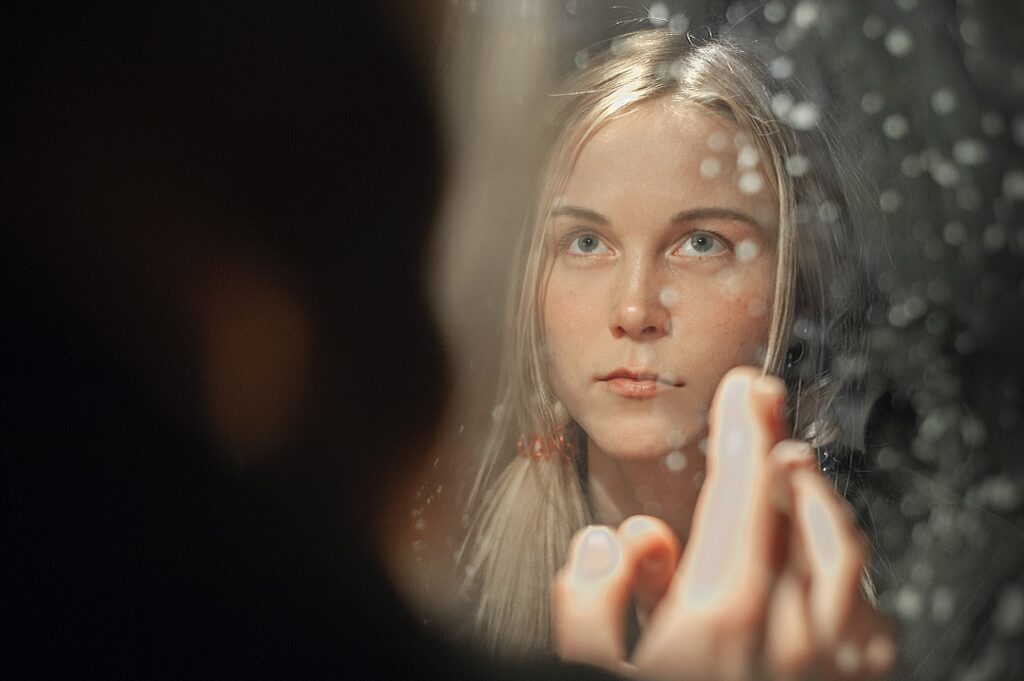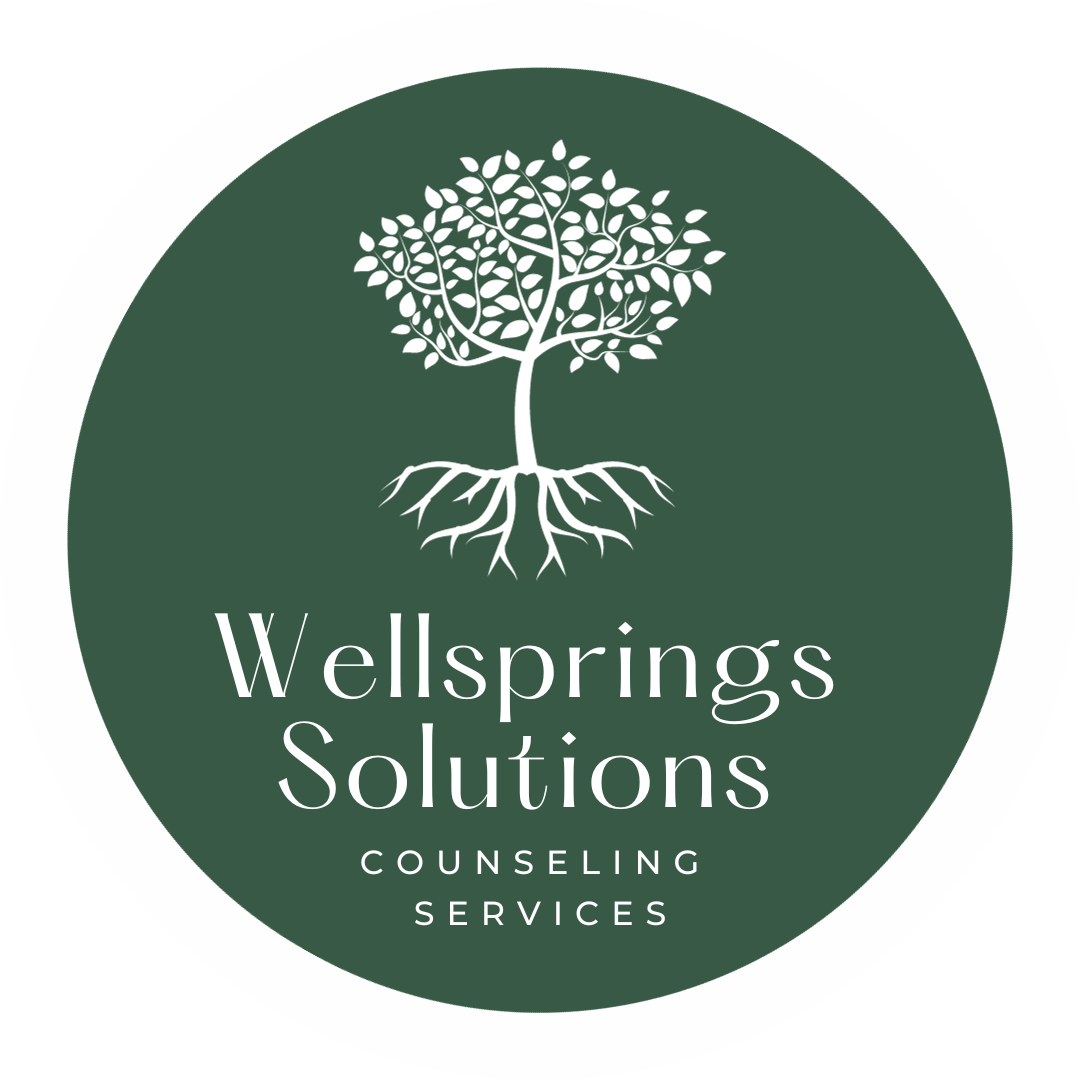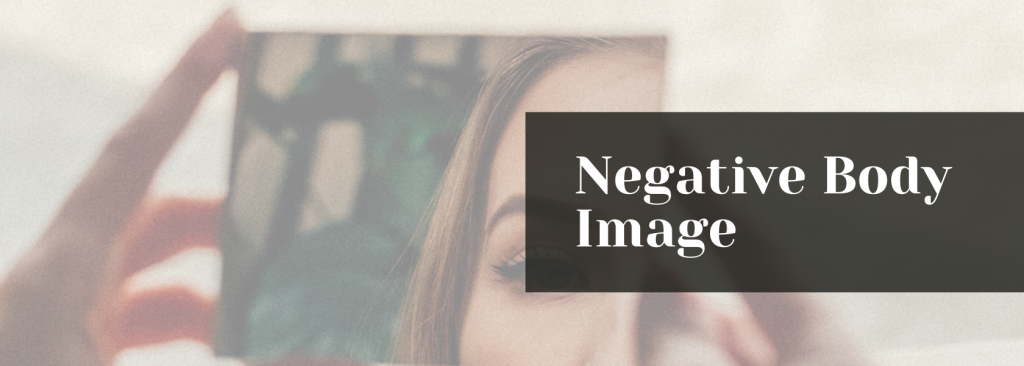Do you struggle with negative body image? Do you pick apart all your flaws in the mirror or avoid looking at yourself entirely? You are far from alone, as many individuals struggle with the same issue. In America,
- Approximately 91% of women report feeling unhappy with their bodies and try dieting to ‘fix’ their body. (1)
- At age 13, 53% of girls are unhappy with their bodies; this number grows to 78% at age 17. (2)
- In adult men, 9% reported frequent body checking, and 5% reported body image avoidance. (3)
Here’s the thing about body image. Most of us think it refers to the actual image of our body. We see ourselves as either “too much” or “not enough” of something (thin, fat, muscular, etc.). When we compare our actual image to our ideal image and see an incongruence, we become emotionally distressed, which often manifests as anxiety, depression, and potentially developing an eating disorder. With this type of thinking, we see our body as the problem, and we tell ourselves, “If I change my body, I will be happier.” Often people expend all their energy on changing their body (dieting, exercising, bingeing/purging), and few find happiness on the other side.
So if the body is not the problem, what is? I am suggesting that the problem lies within our perception of body image. It begins with the messages we receive through our childhood, culture, society, and the media and continues through the stories we then reinforce in our minds about our bodies. As a result, our body moves from being a vessel that supports our very existence to something we assign with goodness or badness. In many instances, we attach our self-worth to our appearance, and as our negative body image grows, our feelings of self-worth diminish.
Challenging negative body image is no easy task and is often a life-long journey. However, here are four things you can begin doing to work on your body image:
- Be mindful of what you consume through social media. We are constantly bombarded with weight loss ads, ‘fitspiration,’ diets, and people telling us how we ‘should look. Take a hard look at the pages you follow on social media. Are they motivating you or making you feel terrible? Do they show body diversity and acceptance? Do they promote unhealthy and disordered behaviors around diet and exercise? I strongly encourage you to UNFOLLOW any page that inadvertently contributes to your negative body image. The goal here is to eliminate the triggering messages and replace them with body diversity, inclusivity, and positivity.
- Instead of self-esteem, try self-compassion. When we think our body is the problem and that changing our body is the solution, we believe that changing our body will provide us with unlimited self-esteem. Spoiler: that’s usually not the case. Self-esteem is focused on judging our self-worth and is contingent on our perceived success. On the other hand, self-compassion is focused on being kind to ourselves, recognizing the shared humanity in our struggles, and learning to experience our negative thoughts and feelings without judgment.
- The opposite of body hatred isn’t always body love. For many, the idea of loving their body is entirely overwhelming and feels impossible. It can lead to feelings of failure followed by self-shaming. Permit yourself to move from body hatred to body neutrality slowly. Begin to think about all the things your body does that are unrelated to your appearance. This exercise might look like “My body allowed me to enjoy my walk today.” Awareness of these functions can lead to body neutrality. From there, you might begin to cultivate gratitude for these functions, which might look like “I am grateful for my legs which helped me walk 3 miles today.” From gratitude grows appreciation and, ultimately, love.
- Seek out the help of a professional who can guide you. The work is hard, and there’s no reason you need to go at it alone. A therapist can guide you through identifying deeply embedded core beliefs around body image. You and your therapist can explore the stories you maintain that fuel your negative body image and work to rewrite them in a way that better serves you. You can gain the necessary tools and skills to continue on your journey of maintaining a more positive body image. If you’re ready to connect with a therapist, click Contact Us at the top of this page.
And remember, you are not alone, you are more than a body, and you are worthy as you are right now.
(1) “11 Facts AboutBody Image” – dosomehting.org
(2) “Get The Facts” – 2021 National Organization for Women
(3) “The Ultimate List of Body Image Statistics in 2021” – MARCH 1, 2021 By Dr Jake Linardon
Photo by Ivan Lapyrin on Unsplash


